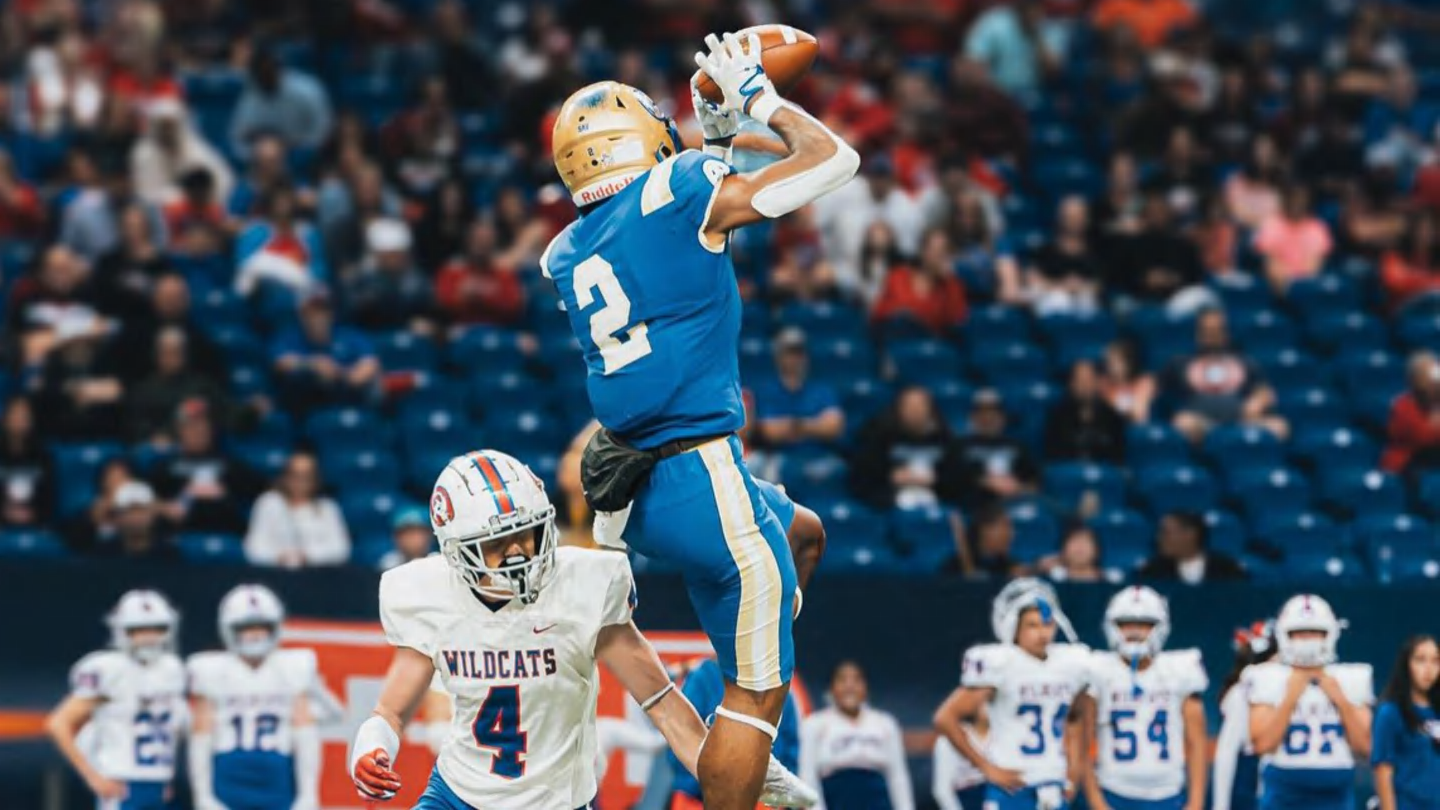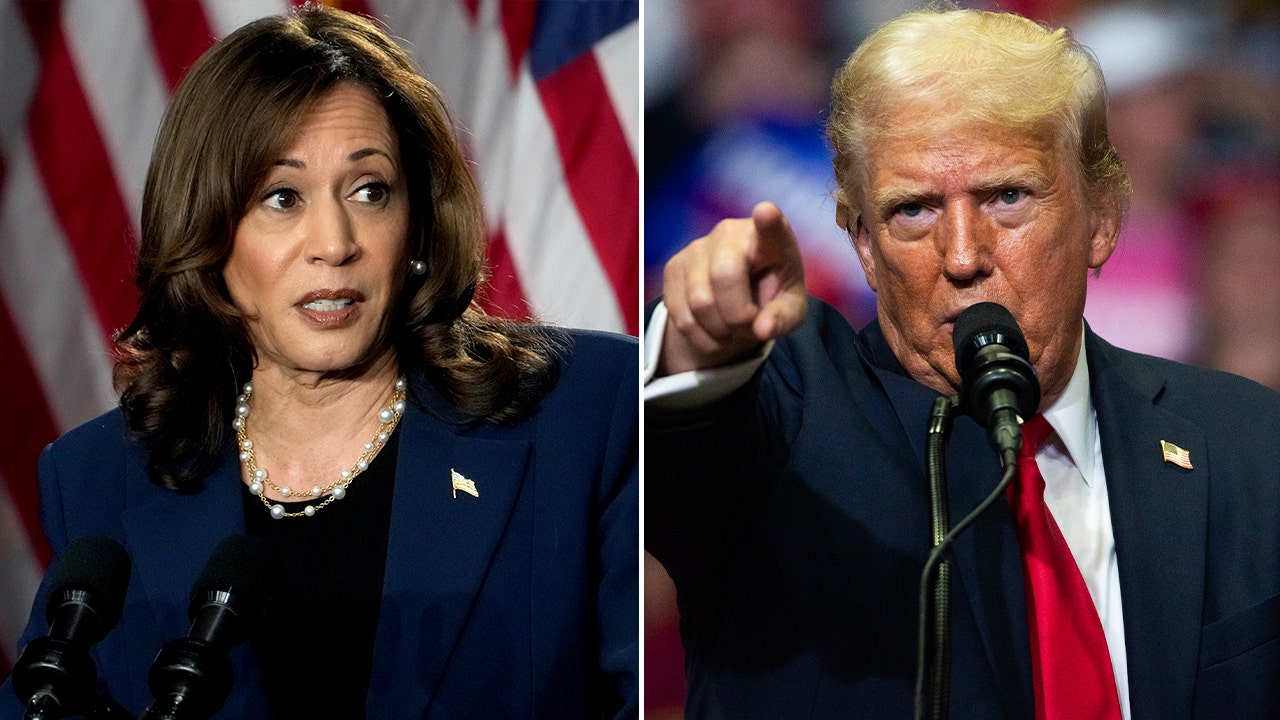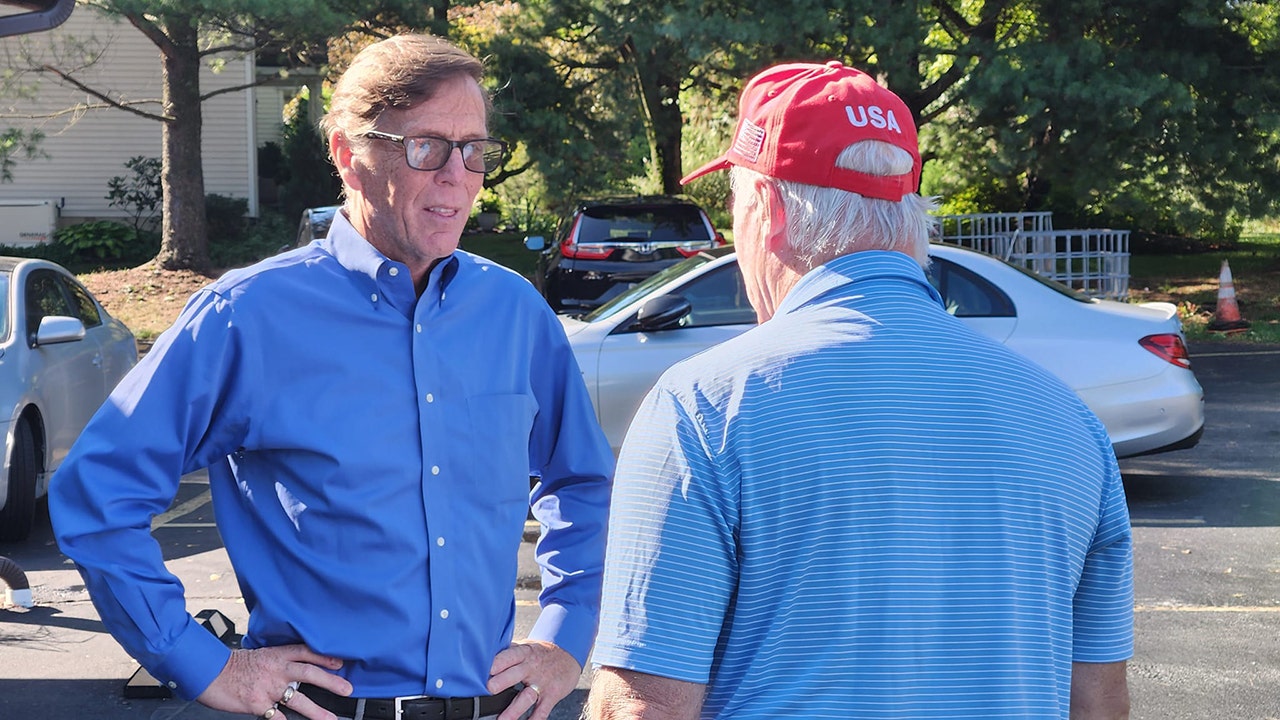Entertainment
Kathie Lee Gifford hospitalized with broken pelvis after hip replacement
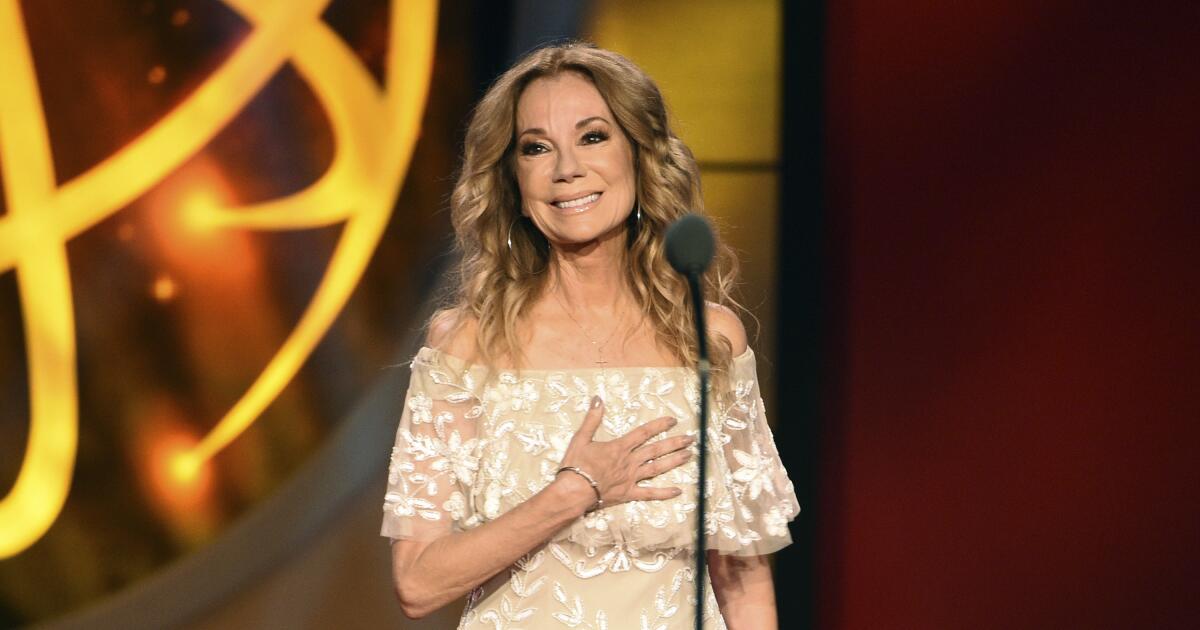
Kathie Lee Gifford has been hospitalized after falling and fracturing her pelvis in two places.
The “Live With Regis and Kathie Lee” alum told People on Tuesday that she tripped and fell after her recent hip-replacement surgery and that she was hospitalized for more than a week for physical therapy.
Gifford, 70, was injured while hurrying to the door and “it didn’t take much, because I was weak in that spot.”
“The next thing you know, I am back in the hospital with a fractured pelvis, the front and the back. That’s more painful than anything I went through with the hip. The pelvis is unbelievably painful,” she told the outlet.
The TV personality and author said that she weakened her body the day before the fall by moving more than 300 books by herself at a signing in Nashville.
“You think you know your body and the next thing you know, your body changes when you get older,” she said. “And as much as I don’t wanna think about it, I am.”
She added: “The Lord is telling me it’s time to slow down. I’ve been running my whole life. The Lord is telling me, ‘You’ve planted a gazillion roses. Try smelling them.’”
The former “Today” show co-host, who left the morning show in 2019, returned to Studio 1A earlier this month to promote “Herod and Mary,” the first book she co-authored in the biblical “Ancient Evil, Living Hope” series.
“I’ve spent the last fifteen years of my life fascinated and completely enthralled by this tale and I’m so honored to bring it to you along with my friend and co-author, the brilliant Dr. Bryan Litfin,” the Daytime Emmy Award winner wrote on Instagram last month.
Representatives for Gifford did not immediately respond Wednesday to The Times’ requests for comment.

Movie Reviews
Movie Review: ‘Harold and the Purple Crayon’ brings beloved book to life in a familiar story
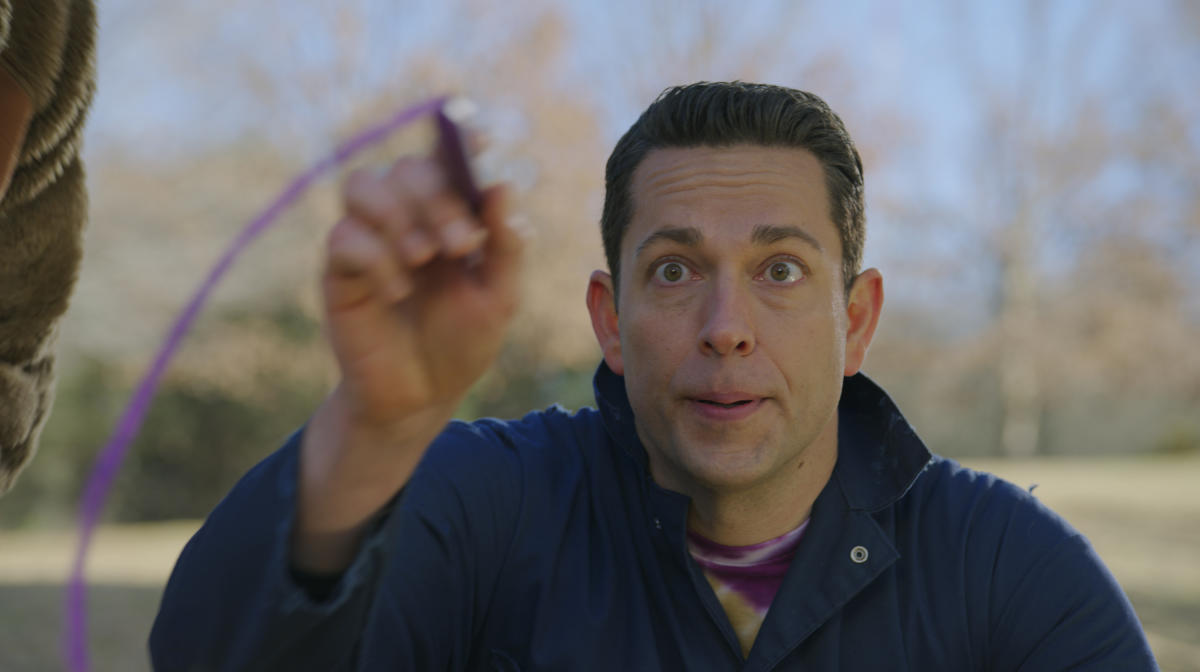
“Harold and the Purple Crayon,” the famed 1955 children’s picture book, is getting the three-dimensional treatment nearly 70 years after its release.
The picture book, written and illustrated by Crockett Johnson, follows Harold, a child who can create whatever he can imagine, so long as he draws it with his magic purple crayon. The film adaptation opens with a short animated sequence that gives life to the book’s famous illustrations. But how far can a children’s picture book stretch across an hour and a half-long movie? Not very.
After the film gets through the book’s story in about a minute, the narrator says that the book’s ending was not the close of Harold’s story. Cut to an animated adult Harold, all grown up but still in a onesie, with his purple sketched friends, Moose and Porcupine, as they venture around their two-dimensional existence and wonder what goes on in “the real world.”
After some brief exposition and short narration by Alfred Molina, Harold (Zachary Levi) draws a door labeled “Real World” and walks through it. He’s then miraculously spit out in Providence, Rhode Island, as a “real” person. Moose and Porcupine, played by Lil Rel Howery and Tanya Reynolds, respectively, follow through the magical door shortly after. Together, they embark on a mission to find the book’s narrator and author — the “old man,” as they call him — to ask him why he created them and their story.
What we get from there is something that feels like a hybrid of characters played by Amy Adams in “Enchanted” and Will Ferrell in “Elf”: an adult person who left their animated or fantasy world and is incredibly unfamiliar with reality. It’s an entertaining idea to see someone so naive navigating everyday life, but it feels rather derivative.
Much like her character in “Elf,” Zooey Deschanel plays Terry, a “real world” woman who is unenthused by our other-worldly protagonist’s antics for the better part of the movie. As the mother of the young and creative Mel (Benjamin Bottani), Terry hits Harold and Moose with her car, and eventually lets them stay at her house after some convincing from her son.
Predictably, shenanigans ensue as Harold lacks understanding of how to behave as the adult everyone sees him as (and wreaks havoc with his magic crayon). Levi is terribly earnest as Harold, making his hijinks more endearing.
Director Carlos Saldanha, an animation veteran who helmed the “Ice Age” franchise and the “Rio” movies, keeps the story moving with light humor and fun visuals sprinkled throughout. The imaginative animation over the live-action shots is the movie’s highlight, as Harold can still create anything with his purple crayon in the real world. With more colors and dimensions to play with now, he draws everything from a plane they fly over Rhode Island to Mel’s imaginary pet, which is some sort of dragon-lizard hybrid.
The plot, again, feels familiar when we meet the villain, librarian Gary, who wants to wield the powers of the crayon to feed his self-serving interests. Gary (Jemaine Clement) uses the crayon to make the fantasy world of his failing book come to life so he can get “revenge” on the publishers who turned it down. As far as conflict goes, it falls a little flat, but it does result in a sweet lesson of empathy; Gary says he just wanted to be in a place where he can fit in and Harold, using the crayon for good, creates that world for him.
While much of the movie may feel well-worn, I’d wager many copies of “Harold and the Purple Crayon” have seen better days. It’s the kind of children’s book that’s stayed on shelves through multiple generations. Even if the book’s story has been told and the movie’s format has been done before, a movie that reminds us to be imaginative — and that delivers some imaginative visuals to boot — can’t really get old.
“Harold and the Purple Crayon,” a Columbia Pictures release, is rated PG by the Motion Picture Association for mild action and thematic elements. Running time: 92 minutes. Two stars out of four.
Movie Reviews
Film Review: I Saw The TV Glow (2024) – Soundsphere magazine

How we watch television in 2024 has changed radically since this intrepid writer was a wee lad. Back when we were kids, with the internet and streaming a thing of rumour and something out of the 70s dystopian sci-fi film that would lead to the rise of machines and the demise of the human race (which might still happen, of course), we had to make sure we carved out the time to see the show we wanted because then it would disappear. No repeats, no catch-up, no YouTube. Consumption and consumerism have become different beasts in the decades since and, in their sophomore feature, Jane Schoenbrun dissects our relationships with the box with the big glow, just one of the many narratives flowing through this intoxicating new film.
1996: Owen (Justice Smith and Ian Foreman) is a young teenager in a Clinton-era America struggling to find his place in life, school, and his general surroundings, feeling conflicted about his relationships with other people, his mother, and his sexuality. At a teacher/parent conference-style evening, he meets Maddy (Brigette Lundy-Paine, stunning) who, to Owen, is a much more together person than himself, exuding cool aloof, and confident. Maddy confides that she likes girls, whereas Owen states he likes TV shows, and soon enough she recommends he watch her favourite television show, The Pink Opaque, which may help him through some tough times as it did her: part Buffy the Vampire Slayer, part David Lynch nightmare, the two lead characters may hold some answers for them, both in this world and in the world of the show.
For anyone coming into this one cold, make sure it stays that way but one way to prep yourself is to devour Schoenbrun’s debut feature We’re All Going To The World’s Fair. Released in 2022 at the height of the pandemic after its Sundance debut a year earlier, it showcased the writer/director’s unique prowess as a filmmaker and immediately put them on the map in a big way. A coming-of-age narrative is never the most challenging of genres to tap into but under their visual intensity and knack for the visceral and the challenging, it made the usual cliches feel new and fresh as it delved into internet culture, fan forums, and how we can get lost in new worlds that replace our own. With Glow, they set their sights on our consumption of television and our over-reliance on them for escapism and, by extension, being seen.
The characters of the show-within-the-show may be fake but for Owen and Maddy they allow them to feel comfort, to feel seen, and to feel the love and affection their real world hasn’t provided: whether it’s part of a family dynamic or their own curiosities and sexuality, it allows them safety and guidance where those around them haven’t been able to. Indeed, it delves deep into our fascination as humans with the old gogglebox and how much we rely on it to service our everyday needs and affections, even if it means missing everything going on around us – heck, we even observe people in social experiments, people dancing on TikTok and watch other people watch the television in some bizarre Truman Show-esque nightmare that only gets more and more compelling.
With panache, colour, and dense, intriguing texture, Schoenbrun’s exhilarating filmmaking is to be admired and applauded, taking us on original adventures through old pastures and making us look, think and feel everything very differently, even if a few notes don’t quite hit the heights of the rest of them. It will polarise audiences, for sure, but in a cinema landscape that is becoming increasingly more predictable, their voice is one to be shouted about through the flatscreens.
![]()
Entertainment
Emmys 2024: Who's going to win in the drama categories?
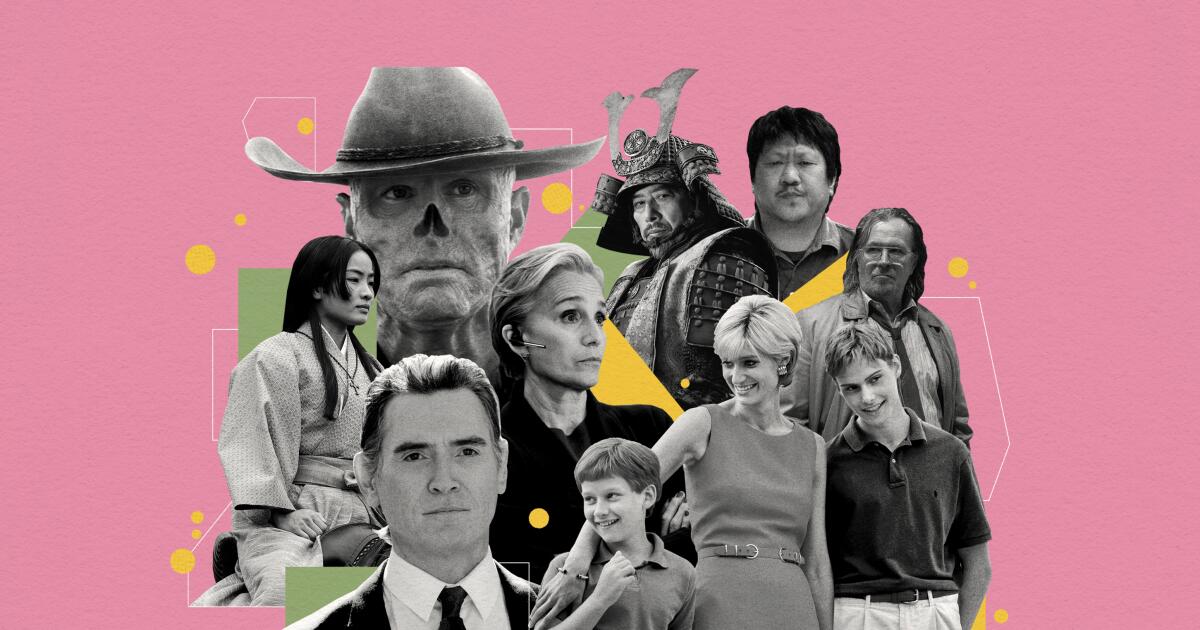
When Emmy FYC events began in March, FX’s “Shōgun” was in the midst of its acclaimed run, with viewers tuning in weekly to lap up the court intrigue, feudal politics and, yes, those tense tea ceremonies.
At the time, everyone figured that “Shōgun” would be an Emmy powerhouse — in the limited series categories. The 10-episode adaptation of James Clavell’s 1975 historical novel told the book’s story from beginning to end. It was a brilliant, nuanced rendition. And it was complete. It doesn’t get more limited than that.
But then, a week after the Emmy submission date, FX announced that “Shōgun” would return for “likely” two more seasons. And just like that, “Shōgun” shifted to the Emmys’ drama categories because, you see, it’ll be back. Someday. So, to put “Shōgun” in limited series would be disingenuous. Of course, someone at the network might have surveyed the competition in the drama categories and seen a barren landscape, ripe for the taking. Why not move it?
To which I have only one thing to say: Thank you!
It’s unthinkable now to imagine the Emmy drama categories without “Shōgun.” What series would have won? I heard from readers after the nominations wondering how programs like “Mr. & Mrs. Smith,” “The Morning Show” and “3 Body Problem” could possibly have been nominated for drama series. What? You wanted Marvel’s “Loki” or “Star Wars: Ahsoka” instead? Thanks to the strikes, this was the weakest group of contenders in decades.
So get ready for one of those Emmy nights where five shows win just about everything. And one of the shows will be “Shōgun.” As for nearly everyone else, in the immortal words of Hiromatsu: “You will know what it is to be denied.”
DRAMA SERIES
“The Crown”
“Fallout”
“The Gilded Age”
“The Morning Show”
“Mr. & Mrs. Smith”
“Shōgun”
“Slow Horses”
“3 Body Problem”
Winner: “Shōgun”
If you’re going to complain that “Shōgun” isn’t a drama series, I’m going to assume you don’t think “The Bear” is a comedy either. OK. But then doesn’t the high camp of “The Gilded Age” mark it squarely as a comedy? What’s it doing here? And if half the audience is tuning in to “The Morning Show” purely to hate-watch, shouldn’t that disqualify it as a drama, even if the Primetime Emmys don’t have a soap opera category?
LEAD ACTRESS
Jennifer Aniston, “The Morning Show”
Carrie Coon, “The Gilded Age”
Maya Erskine, “Mr. & Mrs. Smith”
Anna Sawai, “Shōgun”
Imelda Staunton, “The Crown”
Reese Witherspoon, “The Morning Show”
Winner: Sawai
For a while, it felt like the only person who could take this Emmy over Sawai was Emma Stone, who won her second Oscar earlier this year for “Poor Things” and might have been even better in “The Curse,” in which she and Nathan Fielder played hosts of a home renovation show. But then Stone wasn’t nominated. And neither was “The Curse” — for anything. That shutout feels more cringe-inducing than anything this weird, disquieting show offered.
So that leaves Sawai, who probably would have won easily anyway. Maybe her breathtaking turn as Lady Mariko will prompt more people to watch “Pachinko,” which returns on Aug. 23 for a second season. She’s terrific in that too, playing a young woman trying to be taken seriously in the corporate world of late-1980s Japan.
LEAD ACTOR
Donald Glover, “Mr. & Mrs. Smith”
Walton Goggins, “Fallout”
Gary Oldman, “Slow Horses”
Hiroyuki Sanada, “Shōgun”
Dominic West, “The Crown”
Idris Elba, “Hijack”
Winner: Sanada
Oldman has enjoyed a brilliant career, and the foul-mouthed, flatulent, booze-soaked veteran secret agent Jackson Lamb might be the best thing he has ever done. It was nice to see him — and “Slow Horses” — finally receive some love from Emmy voters. Could he go on to win? Not with Sanada in the category. Here’s another actor with a stellar résumé and plenty of accolades from his native Japan. It’s his moment.
SUPPORTING ACTRESS
Christine Baranski, “The Gilded Age”
Nicole Beharie, “The Morning Show”
Elizabeth Debicki, “The Crown”
Greta Lee, “The Morning Show”
Lesley Manville, “The Crown”
Karen Pittman, “The Morning Show”
Holland Taylor, “The Morning Show”
Winner: Debicki
How does “Shōgun” pull in 25 nominations but not one for Moeka Hoshi? Were voters behind some sort of “eightfold fence” when they were watching the show?
Looking at the nominees, it is strange that they hail from just three shows. I found it difficult to predict which women from “The Morning Show” would be nominated. Voters’ answer? Everyone! Meanwhile, Gary Oldman and Jack Lowden made it in for “Slow Horses” but not Kristin Scott Thomas. It makes for a weird slate.
Debicki stands as the overwhelming favorite for her sensitive portrayal of a melancholy Diana on “The Crown,” but castmate Manville might be more deserving. You know this if you saw Manville’s showcase episode, “Ritz,” the gorgeous, devastating highlight of “The Crown’s” final season. It’s Manville’s first Emmy nomination. Debicki was recognized last year, ultimately losing to Jennifer Coolidge for “The White Lotus.” Voters likely will elevate her this year.
SUPPORTING ACTOR
Tadanobu Asano, “Shōgun”
Billy Crudup, “The Morning Show”
Mark Duplass, “The Morning Show”
Jon Hamm, “The Morning Show”
Takehiro Hira, “Shōgun”
Jack Lowden, “Slow Horses”
Jonathan Pryce, “The Crown”
Winner: Crudup
Say what you will about “The Morning Show,” but even the people who watch it to complain about how bad it is have nothing but love for Crudup and his charming, chaotic Cory Ellison. For many, Crudup, who won an Emmy for the series’ first season, is the only reason they still tune in. And “The Morning Show” did haul in 16 nominations, including nine for acting. Clearly, someone loves all that emoting.
-
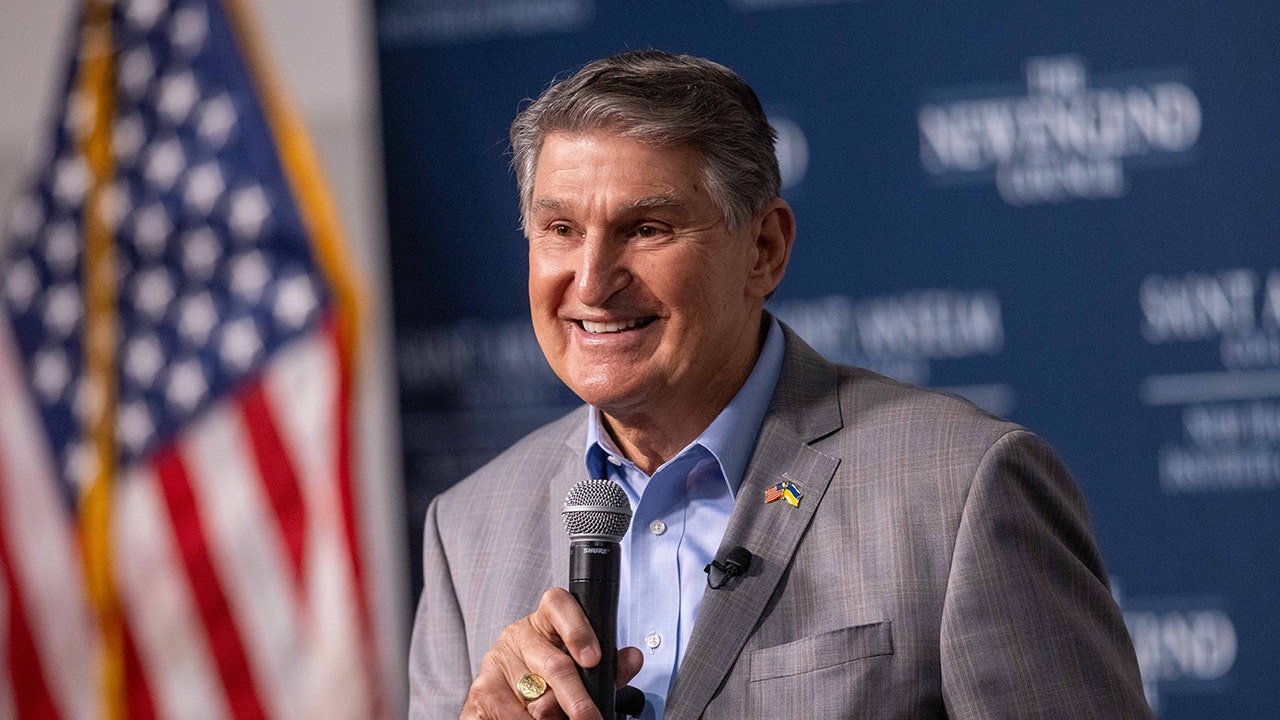
 Politics1 week ago
Politics1 week agoManchin considers re-registering as Democrat to run for president
-

 News1 week ago
News1 week agoHow the Trump Rally Gunman Had an Edge Over the Countersnipers
-
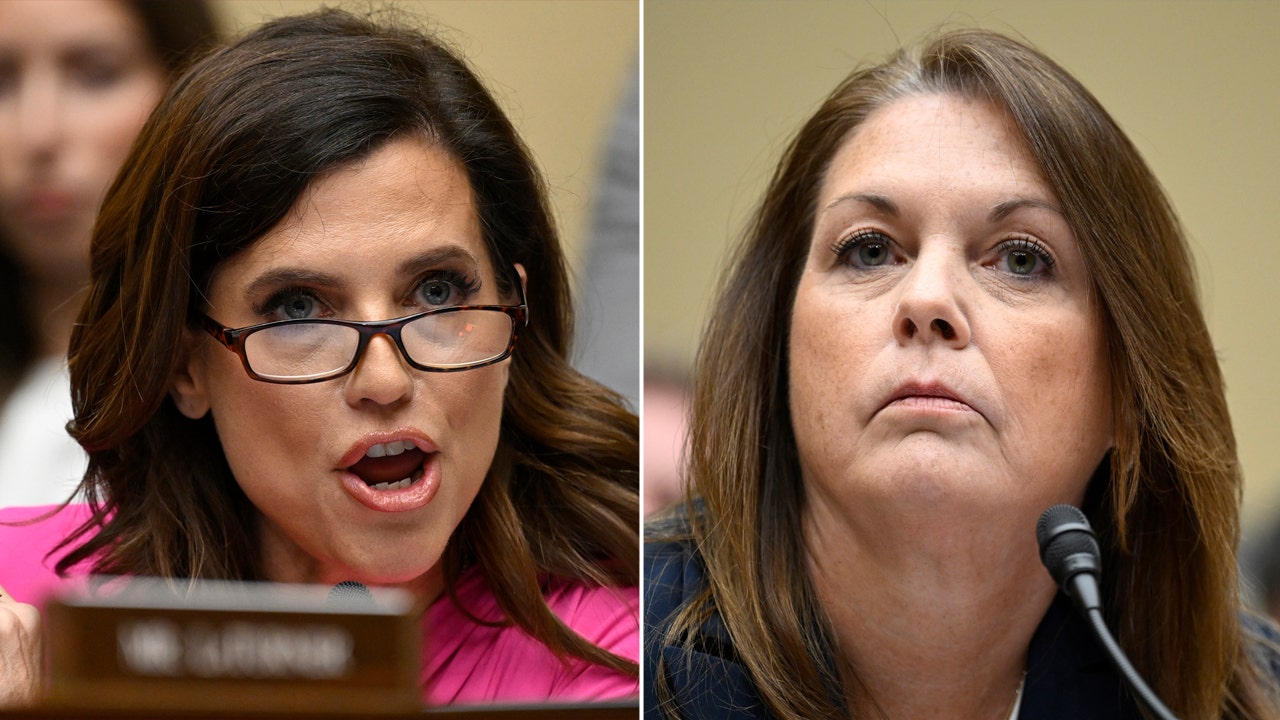
 Politics1 week ago
Politics1 week agoTop five moments from Secret Service director's hours-long grilling after Trump assassination attempt
-

 Politics1 week ago
Politics1 week agoDem strategists say Harris 'only practical choice' as party leaders begin endorsing her
-

 News1 week ago
News1 week agoMayorkas names panel to conduct review of Trump assassination attempt
-

 News1 week ago
News1 week agoGeorge Clooney Endorses Kamala Harris, Says Biden Is ‘Saving Democracy’
-

 News1 week ago
News1 week agoVideo: Secret Service Director Faces Bipartisan Calls to Resign
-
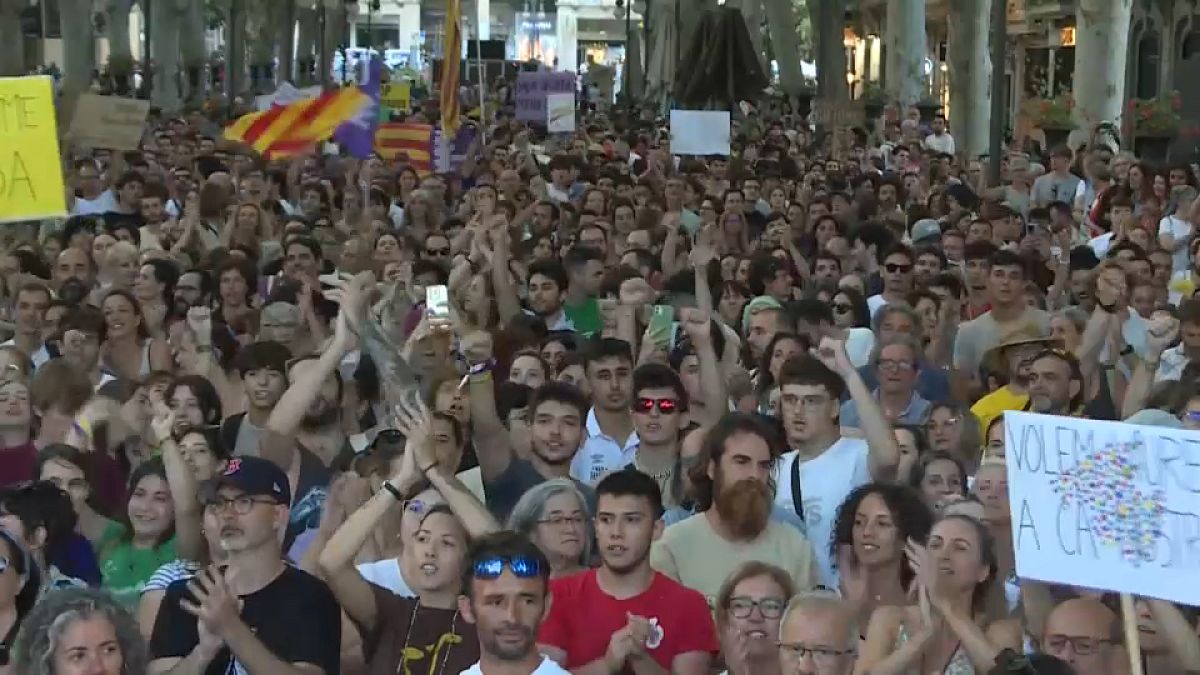
 World1 week ago
World1 week agoThousands in Mallorca demand 'less tourism, more life'
